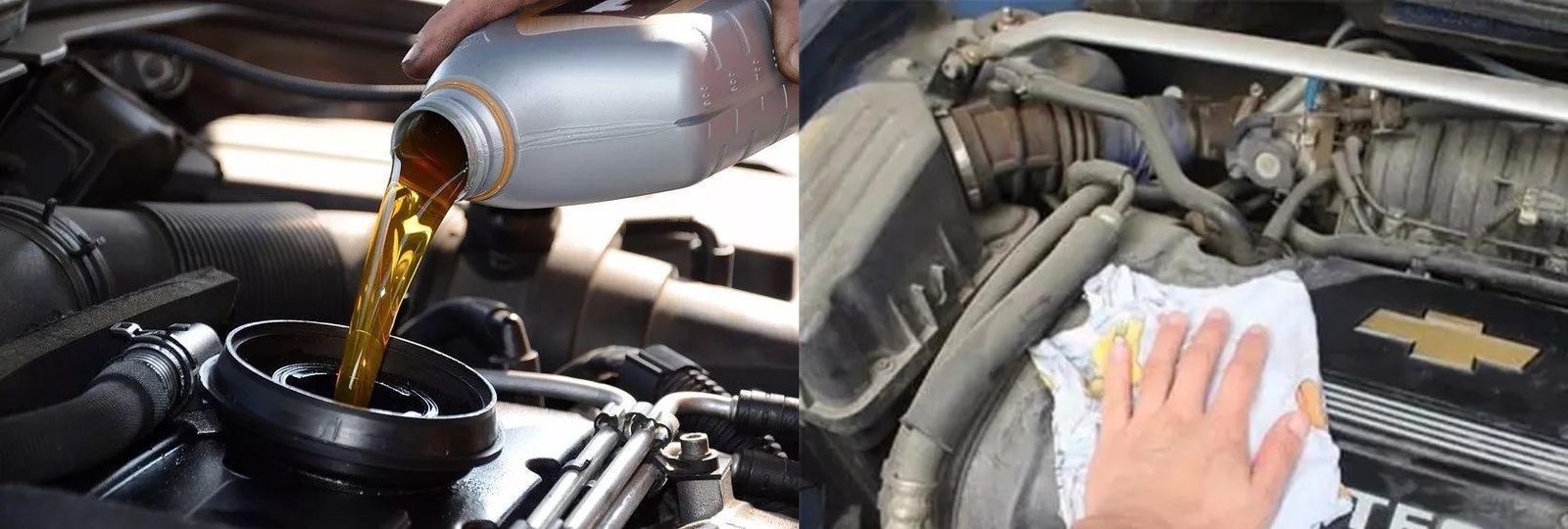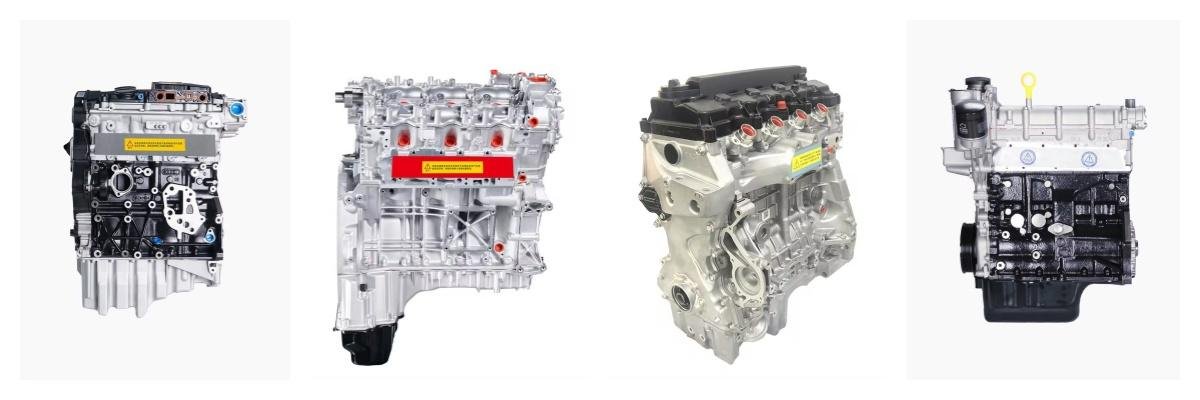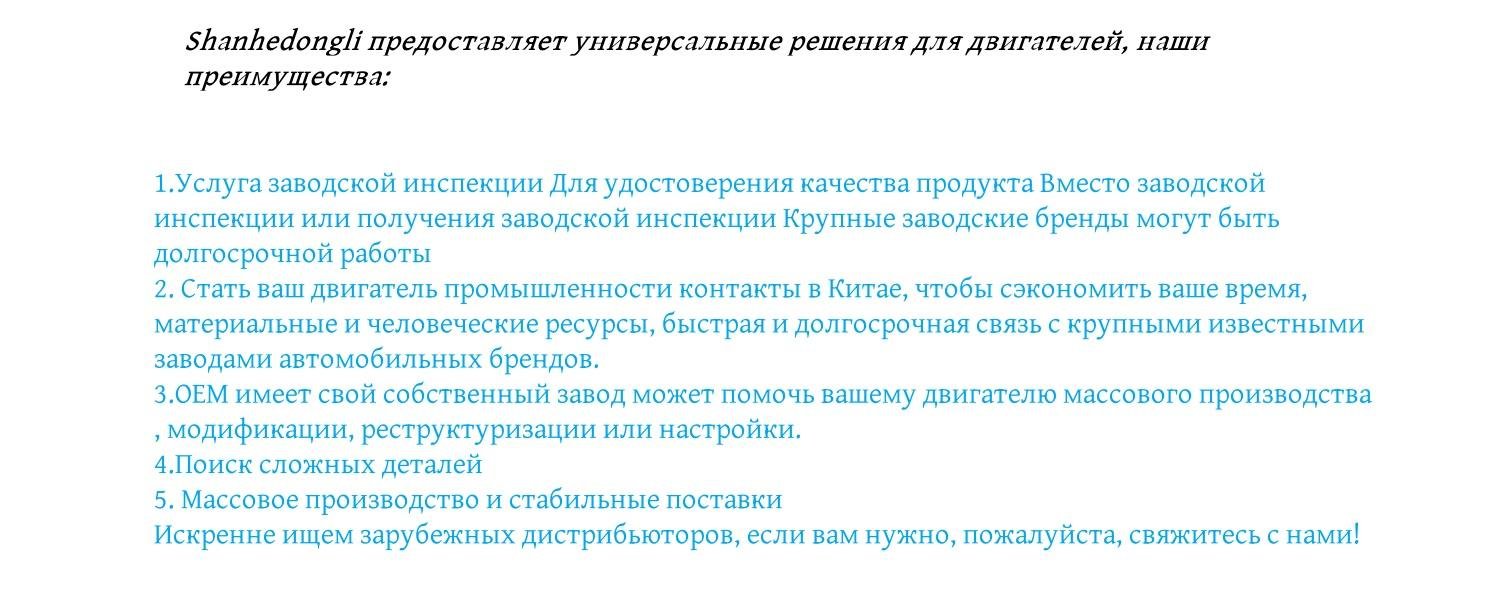
Introduction to the Engine Flush Process
Engine flushing is an important process to maintain engine efficiency and longevity. During engine operation, contaminants and deposits are formed that can negatively affect engine performance.
Main reasons for engine flushing
- Cleaning the oil system: removing old oil residues and deposits.
- Improved engine performance: Removing contaminants results in smoother operation.
- Extended service life: Regular cleaning reduces wear on parts.
Equipment and materials
- Special flushing fluids.
- Containers for draining waste liquid.
- Gloves and safety glasses.
Why is engine flushing necessary?
Engine flushing is necessary to remove accumulated contaminants and old oil residues. These contaminants may include:
- Deposits and sludge: Can form during fuel combustion and settle on internal engine surfaces.
- Metal shavings: Metal particles may be caused by wear on engine parts.
- Old Oil: Residue from old oil can mix with new oil and reduce its effectiveness.
- Other Contaminants: Dust and other small particles can get inside the engine and accumulate over time.
Regular flushing helps keep your engine in good condition and extends its life.

Types of contamination inside the engine
Different types of contaminants that can accumulate inside an engine include:
- Oil deposits: Excess oil mixed with other contaminants forms carbon deposits on internal parts.
- Soot: Caused by incomplete combustion of fuel, especially in diesel engines.
- Varnish: A thin layer that results from engine oil oxidation at high temperatures.
- Carbon deposits : Form on pistons and valves, causing reduced performance.
These contaminants affect engine efficiency and can lead to serious malfunctions if not addressed promptly.
How to choose a flushing liquid
Choosing a flushing fluid for a car engine requires taking into account several factors:
- Engine compatibility :
- Check if the fluid is suitable for a particular engine type.
- Taking into account the requirements of the vehicle manufacturer.
- Cleaning efficiency :
- Engine condition and contamination.
- Ability to remove sediments and slags.
- Flushing type :
- Flushing before oil change.
- Use over some time.
- Safety of use :
- No aggressive chemicals.
- Preservation of engine properties and materials.
- Price and volume :
- Comparison of cost and quality.
- Sufficient volume for complete rinsing.

Preliminary preparation of the car
Before you start flushing your car engine, there are a few important steps you need to take:
- Collection of tools and materials :
- Gloves and safety glasses.
- Flushing fluid is recommended by the manufacturer.
- A set of new filters and seals.
- Checking the oil level :
- Make sure the oil level is normal.
- Check for contamination in the oil.
- Engine preparation :
- Warm up the engine to operating temperature.
- Turn off the engine and let it cool for a few minutes.
- Ensuring security :
- Check that the vehicle is securely fastened and cannot move.
- Work in a well-ventilated area.
Step-by-step instructions for flushing the engine
- Preparing the car
- Stop the car on a level surface.
- Please turn off the engine and let it cool.
- Inspection of the engine compartment
- Check the condition of the oil filler cap.
- Make sure there are no leaks.
- Draining old oil
- Unscrew the drain plug.
- Wait until the oil has completely drained.
- Filling with flushing fluid
- Tighten the drain plug.
- Fill with flushing fluid according to the instructions.
- Starting the engine
- Start the engine and let it idle for 15 minutes.
- Could you turn off the engine and let it cool?
- Draining the flushing fluid
- Unscrew the drain plug.
- Drain the flushing waste.
- Pouring new oil
- Tighten the drain plug.
- Fill with new oil.
- Checking the oil level
- Start the engine.
- Check the oil level with the dipstick.

Common Mistakes When Flushing an Engine
- Use of unsuitable fluids : Do not use gasoline, kerosene or solvents, which may damage the engine.
- Exceeding the flushing time : Prolonged flushing may cause the oil film to deteriorate and damage the internal components.
- Perform flushing on a cold engine : Poor fluid circulation on a cold engine results in incomplete removal of contaminants.
- Ignoring the manufacturer’s instructions : Underestimating or violating recommendations can lead to serious damage.
- Using excessive force when flushing : Excessive pressure can damage washers and seals.
Tips for Keeping Your Engine Clean
- Regular Oil Changes : Change the oil and oil filter according to the vehicle manufacturer’s recommendations.
- Use quality fuel : Quality fuel helps prevent sludge and deposits from forming.
- Cleaning the Air Filter : Regularly checking and replacing the filter will ensure clean air reaches the engine.
- Using Additives : Additives can help remove deposits and keep your engine clean.
- Avoid overheating : Monitor engine temperature and maintain proper coolant levels.
- Regular diagnostics : Undergo periodic diagnostics to detect and eliminate faults in a timely manner.
When is it necessary to repeat engine flushing?
The frequency of engine flushing may depend on several factors:
- Vehicle Mileage : Generally, it is recommended to flush every 30,000-50,000 km.
- Oil Changes : When changing engine oil, impurities accumulate which may require flushing.
- Operating conditions :
- Frequent short distance driving.
- Frequent movements in city traffic jams.
- Extreme ambient temperatures.
- Fuel used: Poor quality fuel accelerates the formation of deposits.
- The engine transmits symptoms: Noise during operation, reduced power and increased fuel consumption.
Periodic oil checks and visual inspection of the engine will also help determine the need for a flush.

Conclusion and recommendations for engine maintenance
To properly care for your car engine, you need to follow a number of recommendations:
- Regular oil and filter changes :
- Should be performed every 5,000-10,000 km depending on the vehicle model and manufacturer’s recommendations.
- Use of quality fuel :
- Use fuel recommended by the manufacturer to avoid contamination and premature wear.
- Periodic inspection of the cooling system :
- Make sure the coolant level is correct and the system has no leaks.
- Cleaning the air filter :
- Check and replace the air filter every 15,000 km to improve engine performance.
- Checking the condition of belts and hoses :
- Engine belts and hoses should be in good condition and should be replaced if they show signs of wear.

